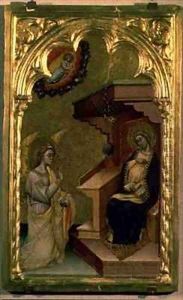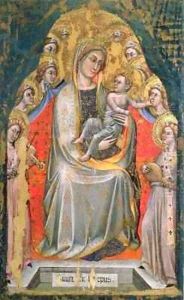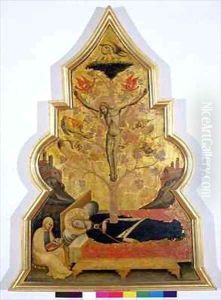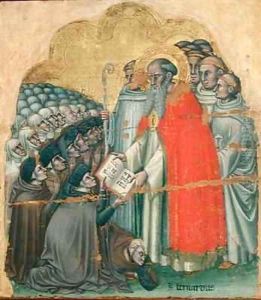Simone dei Crocifissi Paintings
Simone dei Crocifissi was an Italian painter who was active during the 14th century in the city of Bologna, which was then a vibrant center of culture and art in the region of Emilia-Romagna. His exact date of birth is not known, but it is believed that he was born around the year 1330. He was a contemporary of artists such as Vitale da Bologna and Lippo Dalmasio, who were also active in the same region. Simone's work is characteristic of the Gothic style that was prevalent in Italy during that period.
Simone's art is known for its devotion to religious themes, particularly the crucifixion of Jesus, as suggested by the name 'Crocifissi', which translates to 'crucifixes' in English. This moniker likely reflects the subject matter for which he was most renowned. His paintings are characterized by their expressive figures, use of gold leaf, and intricate attention to detail, which was typical for the period.
The artist's career spanned several decades, with his earliest known work dating back to the 1350s. Simone dei Crocifissi was also influenced by the Byzantine style, as seen in his use of color and the elongated figures of his subjects. Despite the strong religious focus, he occasionally painted secular subjects and contributed to the decoration of public and private buildings in Bologna.
Unfortunately, as with many artists of his time, much of Simone dei Crocifissi's life is shrouded in mystery, and many details about his personal life, training, and influences remain unknown. He is believed to have died in 1399. Simone's legacy is preserved in the form of altarpieces, frescoes, and panel paintings that can be found in various churches and museums, primarily in Italy. His works contribute to the understanding of the artistic trends and religious sentiments of the Late Middle Ages in Italy.



